Herbicide Carryover and Drought
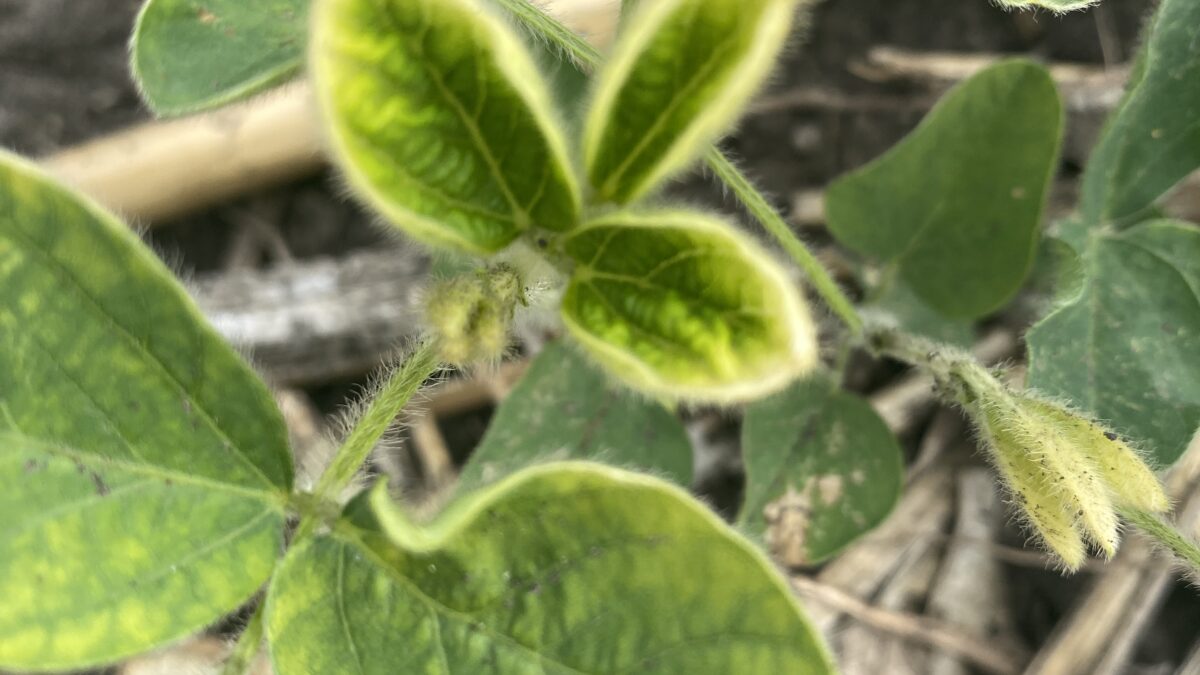
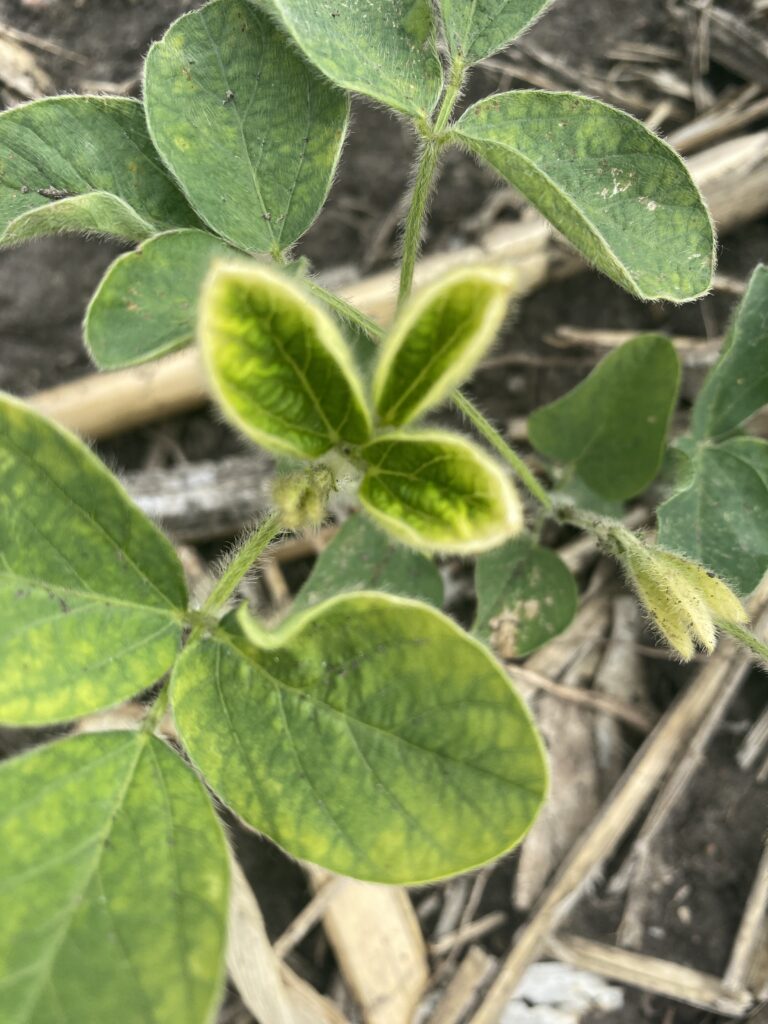
For the third year in a row, dry conditions presented herbicide carryover across the region, whether or not the crop followed wheat, corn, or soybeans.
It’s not unusual to see carryover symptoms in the tri-state area.
Again, in 2023, we saw carryover in our region for the third year. Whether it was wheat, corn or soybeans, the dry weather reduced some fields by over 50%.
In general, our northern growing season is more condensed than the rest of the country, and highly variable weather strains our herbicide application timeliness. The good news is – a solution exists, and we can learn to mitigate future risk.
Let’s use this field of soybeans as an example: 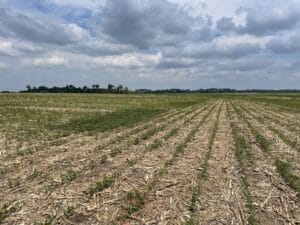
This is sandy soil in northern South Dakota. The previous year’s crop was corn.
The grower started spraying on a different 60-acre field with Canada thistle pressure, so he added clopyralid (name brand ‘Stinger’) to the mix. Trying to be efficient, he batched a full load with enough clopyralid for 160 acres and emptied out the sprayer on this field. Early boom shutoff timing made the carryover very visible, with the darker green sprayer skip areas being healthy soybeans and the thinner areas showing typical clopyralid damage.
This 1.5% organic matter field received around 13” of rainfall in the 11-month window between clopyralid application and planting. Looking at the label for Stinger, it’s evident that this situation would arise.
Another common carryover occurrence in soybeans this year was topramezone (common name Armezon/PRO), mainly in sandier soils. Many parts of these fields looked fine, with pockets of chlorotic, stunted soybeans where there was lower organic matter. The applicator had applied a higher (20+ fl oz/A) rate, just as they would have across the rest of the field of corn. Again, referring to the label, we can see how issues could occur.
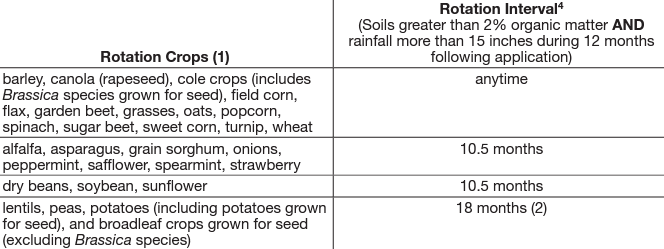 Many of the herbicides we apply are broken down microbially. There are far fewer microbes in soils with low organic matter. Microbial activity is reduced even further in dry conditions. We can’t control our rainfall (disregard people with pivots), but we can control which herbicides we apply and at what rate.
Many of the herbicides we apply are broken down microbially. There are far fewer microbes in soils with low organic matter. Microbial activity is reduced even further in dry conditions. We can’t control our rainfall (disregard people with pivots), but we can control which herbicides we apply and at what rate.
If you’ve had issues, take a hard look at your current program and see if it needs tweaking. The same goes if it’s getting later in the season, and you must change to a different mix. It’s easy to get complacent regarding some of the many details, but it pays to stay vigilant. Many of these carryover problems come with double-digit bushel losses.
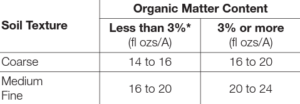
Compounding factors make what could’ve been a minor injury significantly worse. Here, a combination of dry weather, IDC, and chemical carryover reduced yields by over 50%.
Key Takeaways:
- You must know your soil organic matter, especially if using blanket rates. Rainfall, pH, and soil texture have massive implications on herbicide duration.
- Coming off of dry years, we will likely see herbicide carryover; having contingency plans for next year’s rotation is a good idea.
- While it goes without saying, we all must understand the chemistry labels. Manufacturers spend millions on ensuring labels are correct. Farmers must be sure they know how the chemistry will work.
- Instead of blanket spraying at high rates, spot spray as needed and be conscientious of rotation.
- Problems can still occur. For example, if only 10” of rain falls after an application, we will likely see problems the following year.











